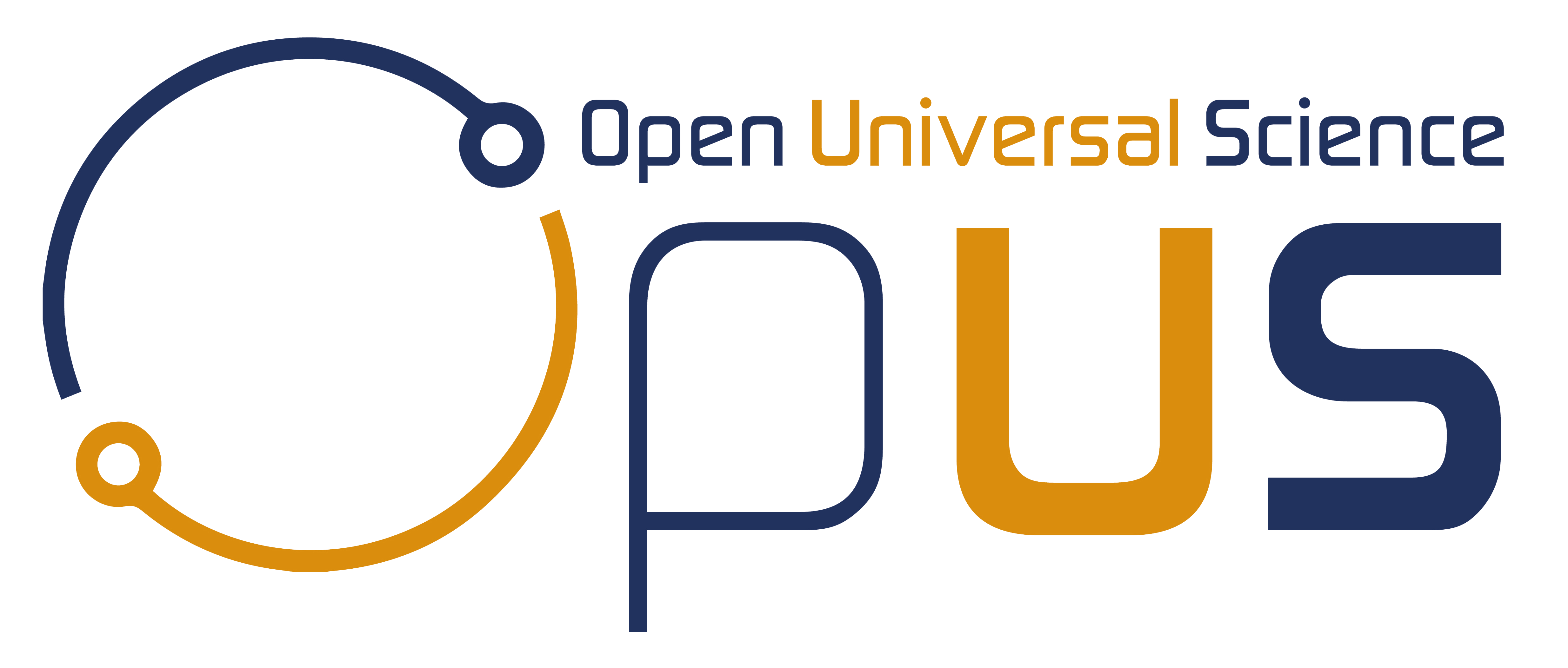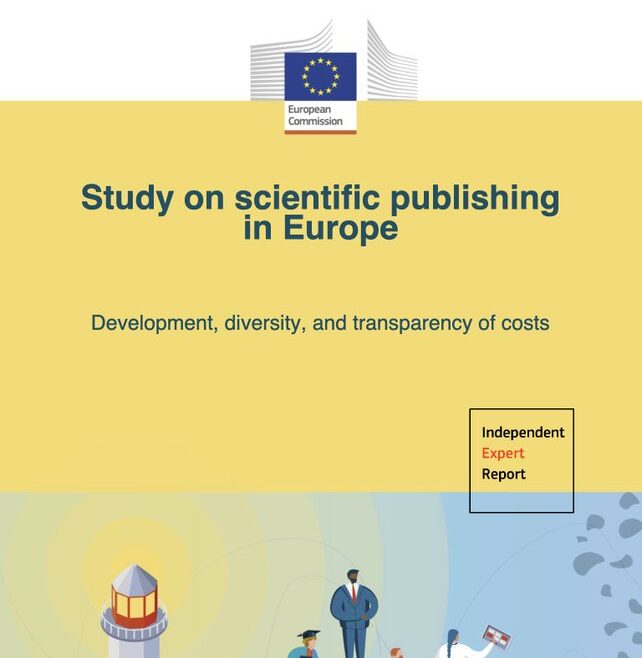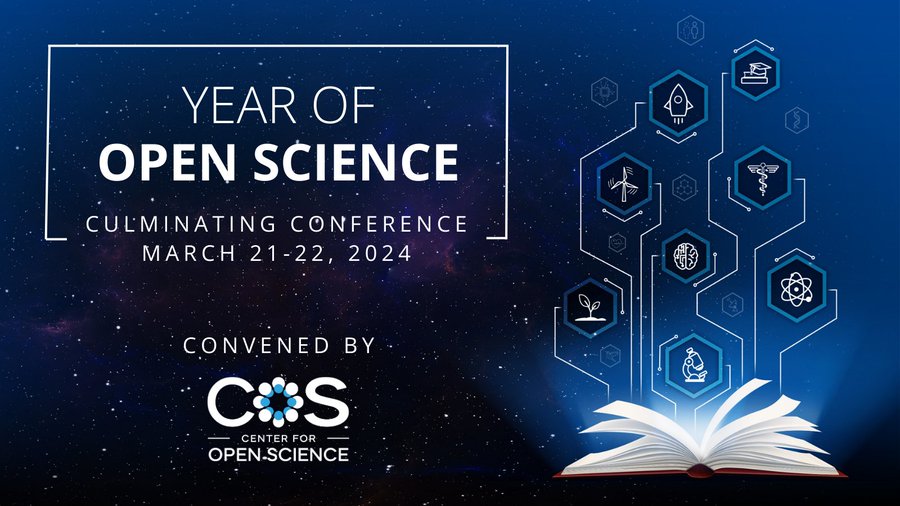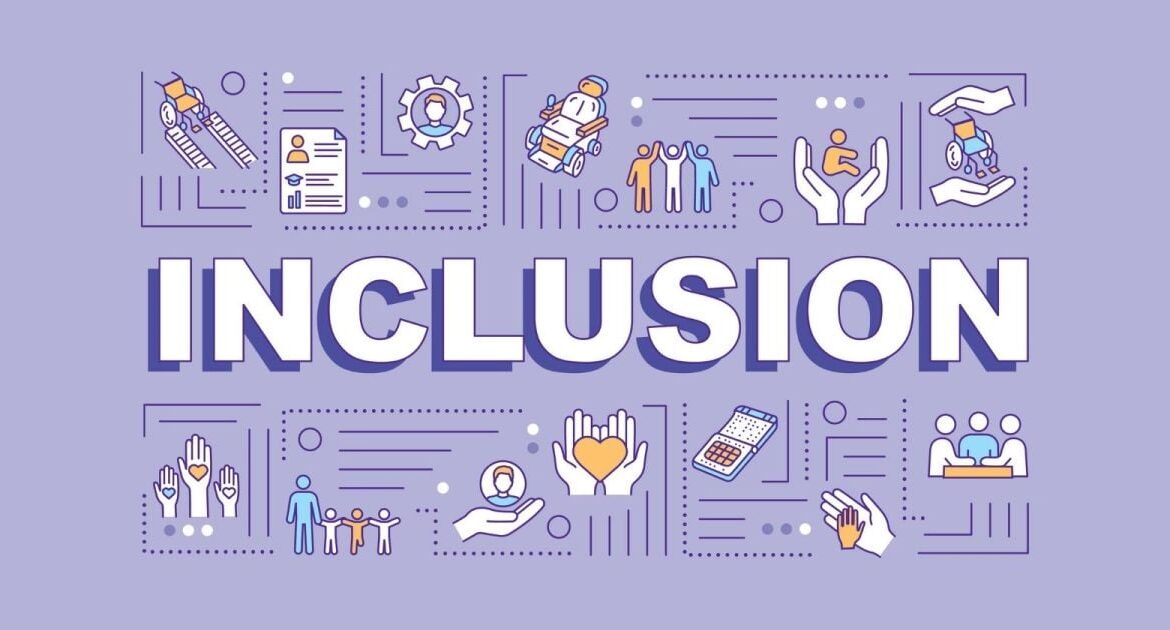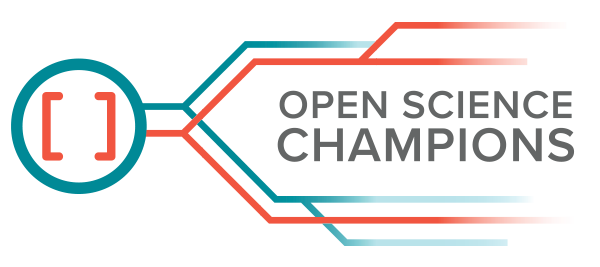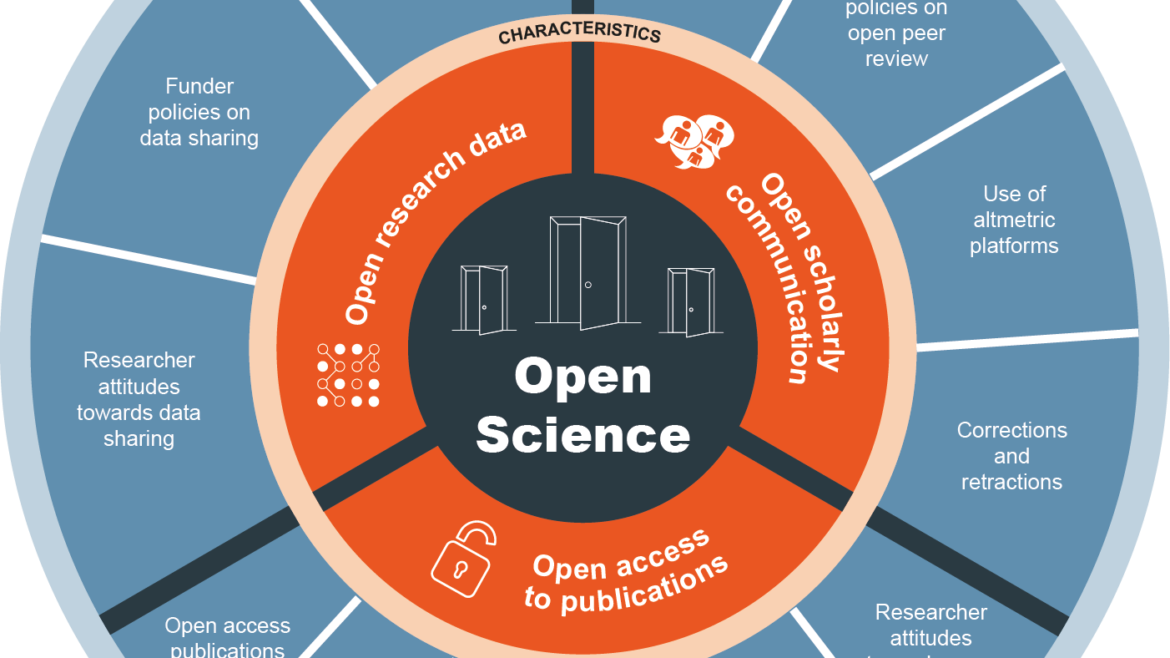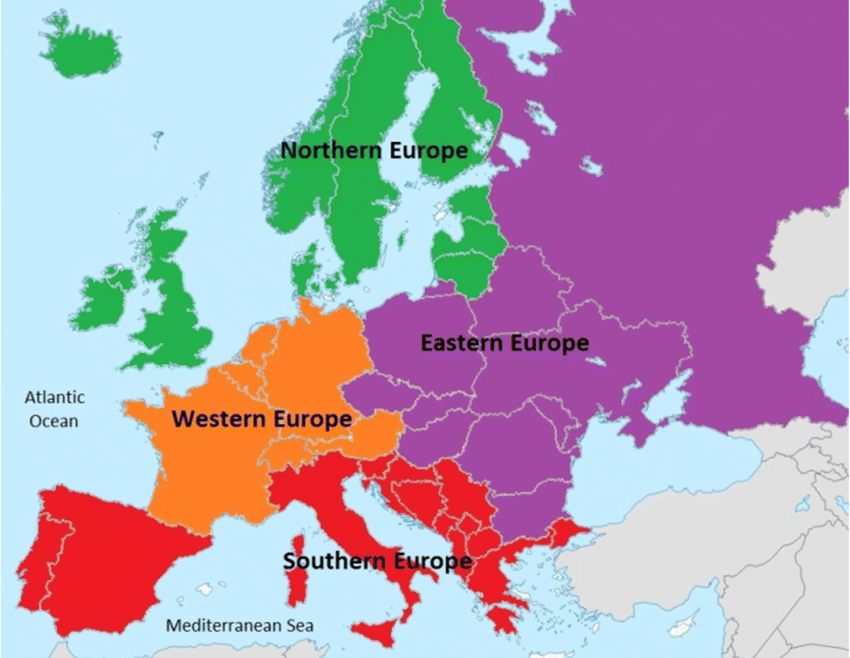The Impact and Significance of Open Access for Students
The Impact and Significance of Open Access for Students https://opusproject.eu/wp-content/uploads/2024/03/Preparing_secondary_students_for_uni_2020-11-12-024424.jpg 855 513 Open and Universal Science (OPUS) Project https://opusproject.eu/wp-content/uploads/2024/03/Preparing_secondary_students_for_uni_2020-11-12-024424.jpgHey there, curious minds! Have you ever found yourself delving deep into the realms of research, only to hit a brick wall when you’re met with a paywall? Frustrating, right? Well, fear not, because the era of open access is here to liberate knowledge and revolutionize the way students access information.
Picture this: You’re a student, burning the midnight oil, working on your thesis or diving into a new area of study. You stumble upon a groundbreaking paper that could change the game for your research, only to find out it’s hidden behind a subscription fee or a hefty pay-per-view charge. It’s like having the key to unlock the door to enlightenment, only to realize it’s locked and the key costs a fortune.
Enter open access, the superhero of academia. It’s like a giant library where the doors are always open, and the books are free to borrow. In a nutshell, open access ensures that scholarly articles, research papers, and educational resources are freely available to anyone with an internet connection. No more barriers, no more boundaries – just a vast sea of knowledge waiting to be explored.
But why is open access such a big deal for students? Well, for starters, it levels the playing field. Gone are the days when access to information was reserved for those with deep pockets or institutional affiliations. Now, whether you’re a high school student writing a paper or a Ph.D. candidate pushing the boundaries of human knowledge, you have the same access to resources as anyone else.
Think about the impact this can have on education. Suddenly, students from all walks of life have the tools they need to succeed. No longer constrained by the limitations of their school’s library budget or the constraints of traditional publishing models, students are free to explore, innovate, and collaborate like never before.
But it’s not just about leveling the playing field – open access also fuels innovation and discovery. By breaking down the barriers to information, it enables researchers to build upon each other’s work, accelerating the pace of progress in every field imaginable. Ideas can flourish, hypotheses can be tested, and solutions to the world’s most pressing challenges can emerge.
And let’s not forget about the financial aspect. College tuition and textbook costs are already sky-high – do we really need to add expensive journal subscriptions to the mix? Open access ensures that students aren’t burdened with yet another expense, freeing up precious resources for other essentials like food, housing, and, dare I say it, a little bit of fun now and then.
But perhaps the most exciting thing about open access is the sense of community it fosters. When knowledge is freely shared, boundaries dissolve, and connections are formed. Students can collaborate with peers from around the globe, learn from experts in their field, and contribute to the collective pool of human understanding.
So, the next time you find yourself on a quest for knowledge, remember the power of open access. It’s more than just a way to access articles – it’s a movement that’s transforming education, driving innovation, and empowering students to reach new heights. So go ahead, dive in, and unlock the endless possibilities that await. After all, the door is open – all you have to do is walk through it.
Photo via Teacher Magazine
